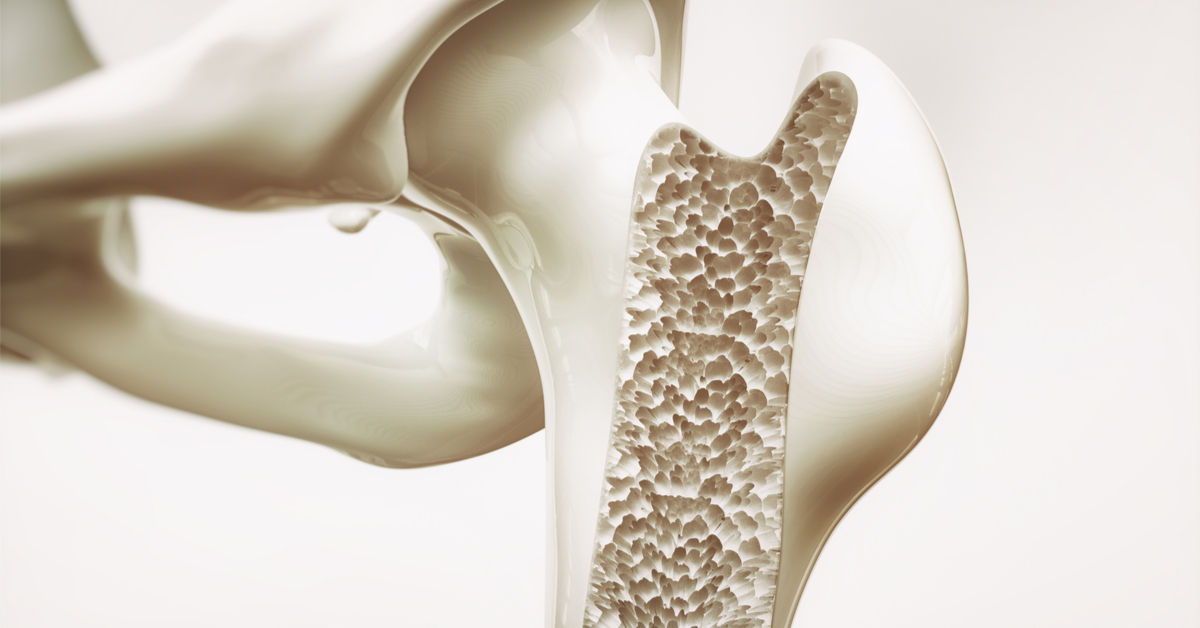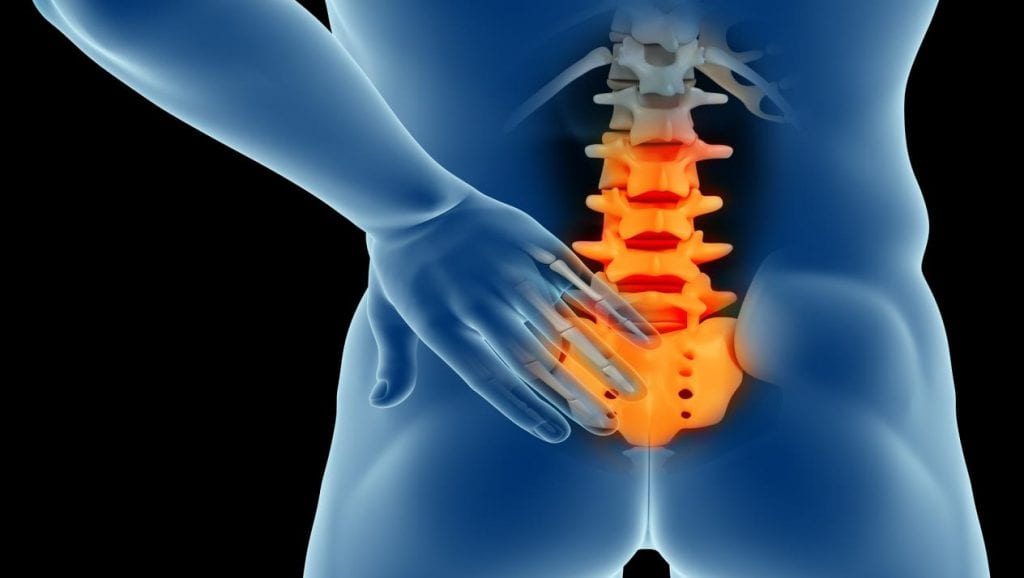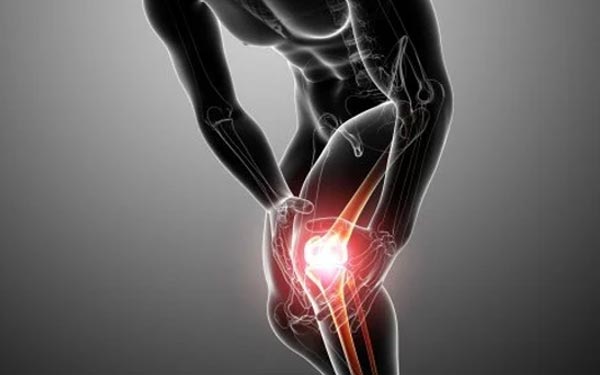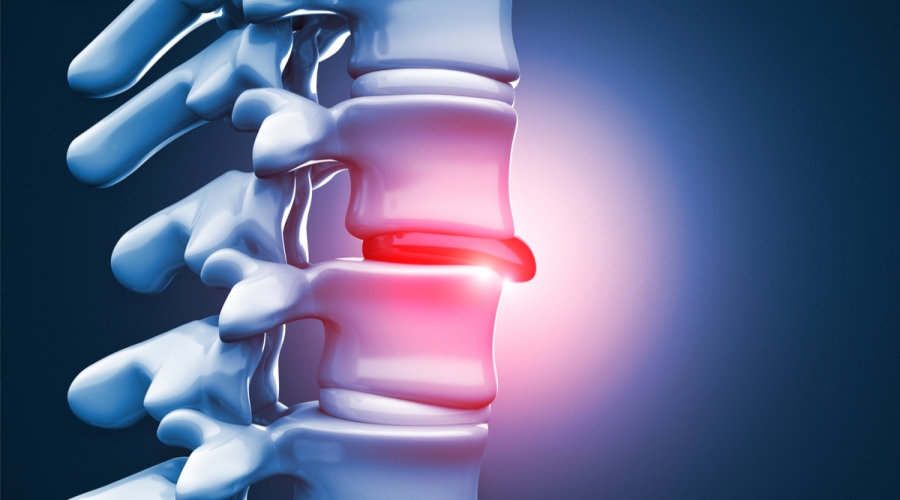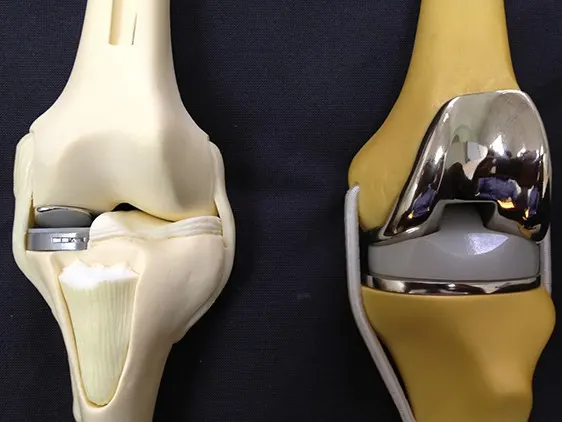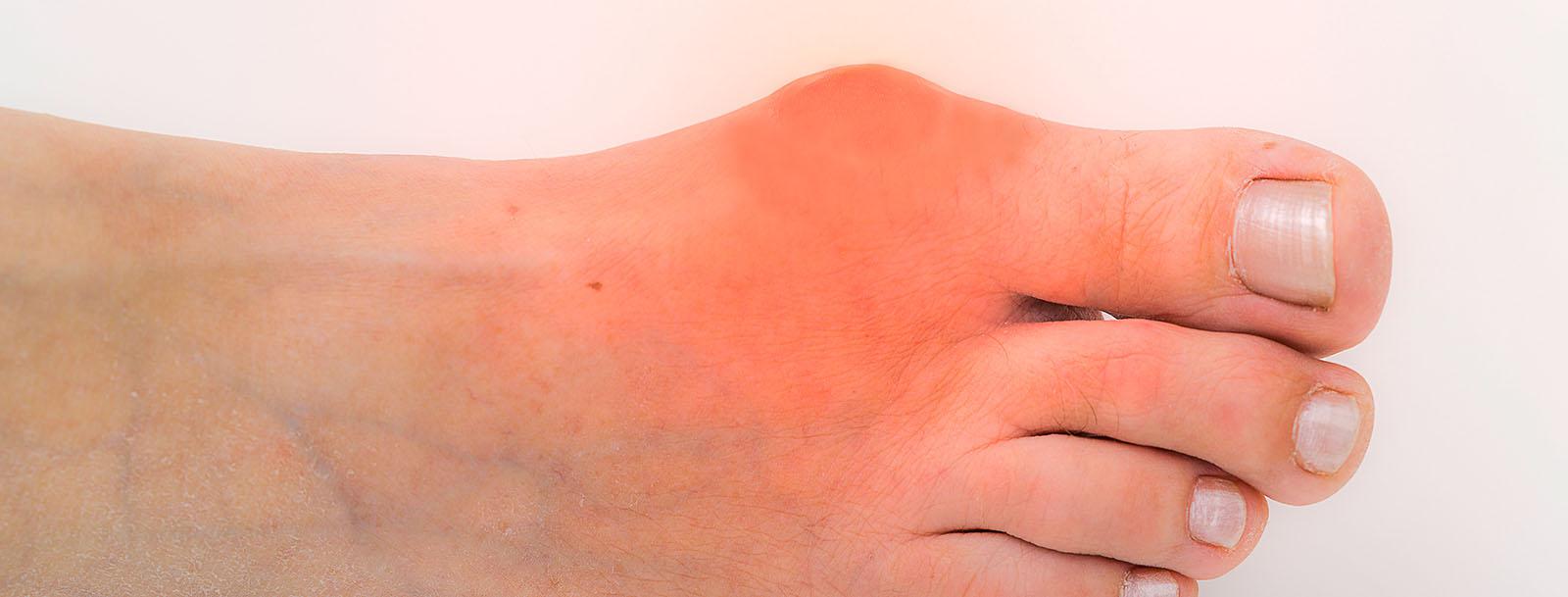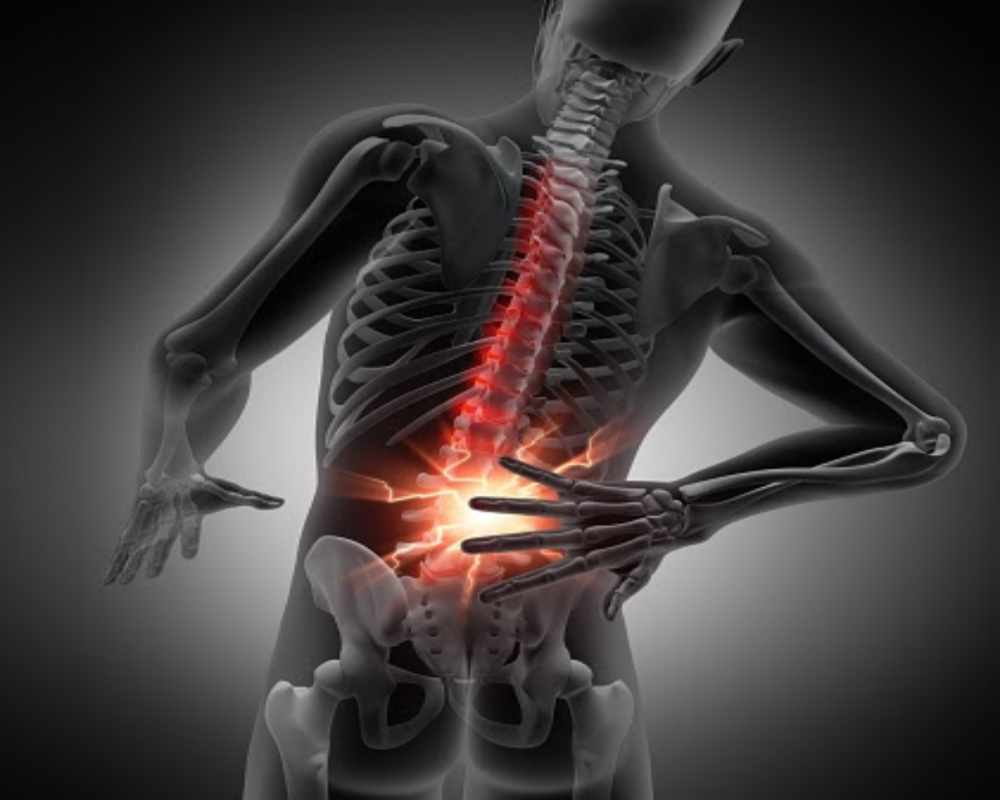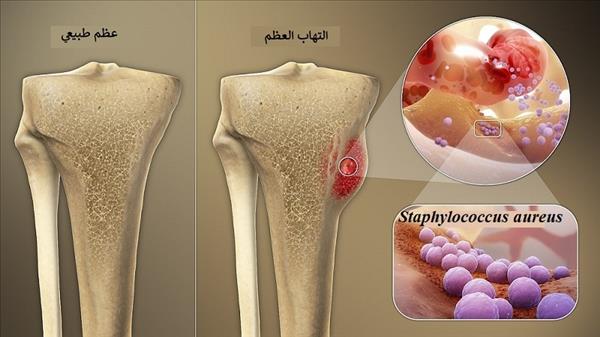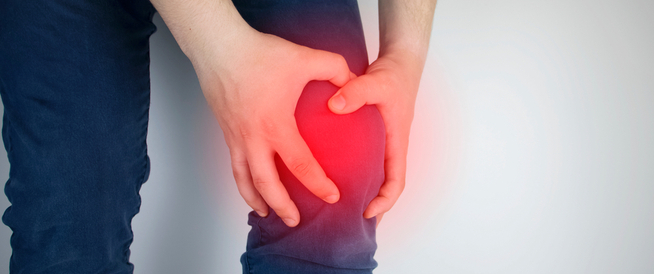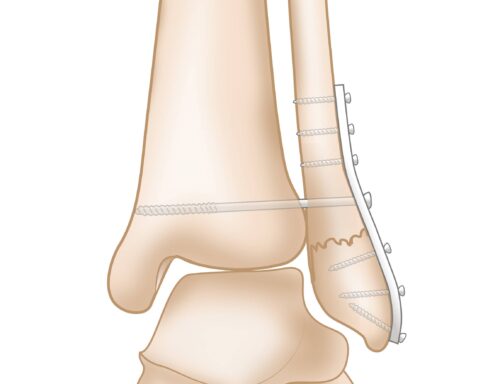Who is the best doctor for flatfoot treatment and what is the cost of the procedure in Egypt?
The best doctor for flatfoot treatment, perhaps you’ve heard about the struggles some people face with flatfoot and how individuals with flatfoot seek the best doctor to assist them in their treatment journey? In this article, we will shed light on the most common causes of flatfoot, its potential consequences, and possible ways to address this issue. Additionally, we will discuss the surgical procedure for flatfoot and its approximate cost, so stay tuned for all the latest information on this matter.
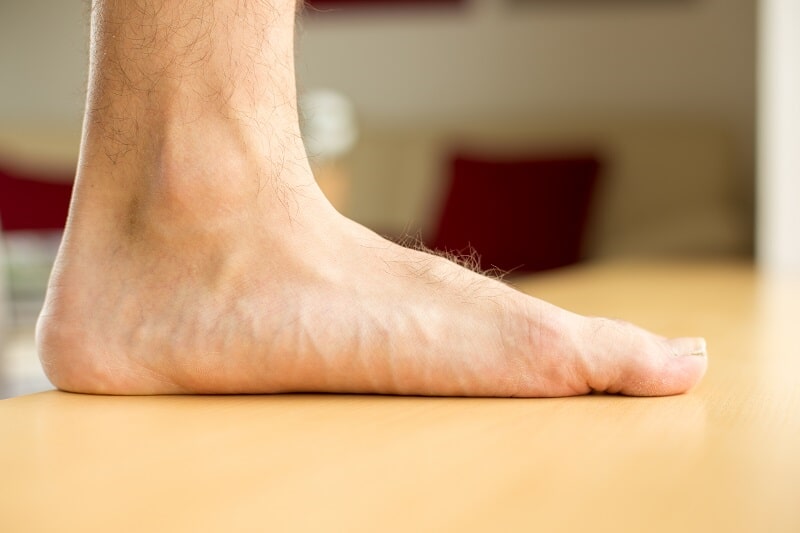
Best Doctor for Flatfoot Treatment
Flatfoot is a common issue among many children and adults, and everyone wishes to take medications that help solve this problem or undergo any effective medical procedure that guarantees results. In this article, we will assist you in connecting with the best doctor for flatfoot treatment, who is Dr. Amr Amal, one of the top orthopedic specialists in Egypt and a consultant in orthopedic and joint surgery at Ain Shams University.
He also serves as a faculty member at Ain Shams University, the same university from which he obtained his master’s and doctorate degrees. He practices in his clinic in Nasr City at Foad Medical Tower and is one of the leading doctors specialized in flatfoot treatment. He employs the latest methods and techniques to treat his patients, always striving for their comfort and closely monitoring them until they completely overcome the problem that troubles them. He possesses great patience and a compassionate approach to listening to the patient’s complaints, ensuring a full recovery and speedy healing.
What is Flatfoot?
Flatfoot, also known as fallen arches, is a congenital condition where one or both feet are flat and do not maintain the proper arch shape during standing or walking. The foot remains in contact with the ground, and it typically becomes more evident after the age of five when the foot tendons have developed, and it becomes clear whether the individual suffers from weakened muscles or tendons responsible for forming the foot arch.
Flatfoot is not considered a significant problem for many people, but if it causes pain or other issues, consulting a doctor and seeking an appropriate treatment plan is advisable.
What Are the Causes of Flatfoot?
- One of the most significant causes of flatfoot is genetic factors.
- Achilles tendon injury, which is the tendon that connects the calf muscle, the heel muscle, and the toe muscle to the heel.
- Obesity.
- Pregnancy or advancing age, which can lead to weakening of the calf muscle over time.
- Rheumatoid arthritis.
- Down syndrome.
- Having a chronic condition such as diabetes or high blood pressure.
- Injury to the foot or ankle, leading to bone or tendon problems.
- Neuromuscular conditions such as cerebral palsy, spina bifida, or muscular dystrophy.
- Damage or dysfunction of the posterior tibial tendon, which is a muscle in the calf.

The Consequences of Flatfoot
Typically, flat feet, or flatfoot, do not cause any pain. However, as the condition progresses, a person may start to experience pain in their legs and back. This is because flat feet do not provide adequate support for the body’s weight, and some of the consequences of flatfoot include:
- Leg and Back Pain: A natural arch in the foot allows for healthy standing and is suitable for the lower part of the body, whether during movement, running, or standing. Flat feet cannot achieve this, as the collapse of the arch can affect all parts of the legs and thighs, even reaching the back, leading to severe back and leg pain.
- Musculoskeletal Issues: Flatfoot is one of the common causes of musculoskeletal problems and the pain it generates. Since a person’s balance starts with their feet, if the feet do not support body weight and maintain healthy positions during physical activity, it increases the likelihood of ankle, knee, and thigh problems. For more information about the consequences of flatfoot, you can refer to the following article.
Can Flatfoot Be Treated?
In most cases, flatfoot does not lead to significant problems for the affected person, and it does not require treatment. However, if an individual experiences pain due to flatfoot, foot stiffness, or any other issue, it is advisable to consult a doctor for prescribing medications that can help resolve the problem. In rare cases, flatfoot may require surgery to repair the flat foot or tendon and bone issues. There are various treatment options available for flatfoot, including:
- Ice Packs: Ice packs are known to significantly reduce pain and inflammation.
- Rest: The patient should get plenty of rest to avoid the pain caused by flatfoot.
- Supportive Devices: Such as foot orthotics or arch supports, custom-made shoes, and leg braces.
- Medications: Non-steroidal anti-inflammatory drugs (NSAIDs) can help alleviate pain.
- Physical Therapy Exercises for Flatfoot: These exercises aim to reduce the appearance of flatfoot, strengthen and elongate tight tendons and muscles, improve flexibility, and enhance mobility. Some of the exercises include:
- Golf Ball Exercise: This exercise involves sitting in a chair and placing a golf ball under the arch of the foot, then rolling it forward and backward for two minutes.
- Pen Exercise: It is designed to strengthen the foot and increase the strength of the muscles that support the arch of the foot. This exercise involves placing a pen under the arch of the foot and pressing down on it.
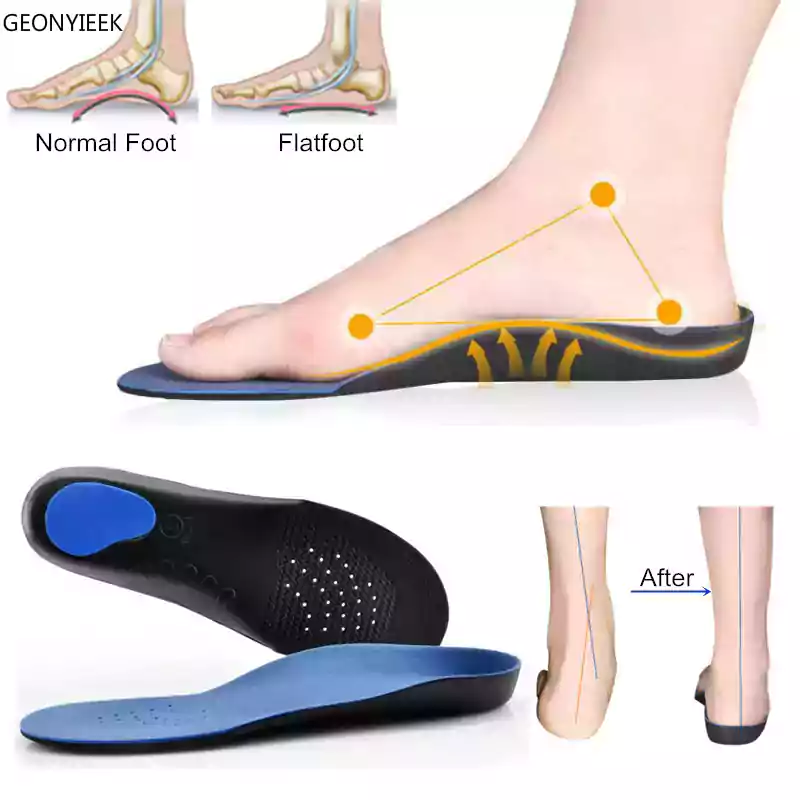
What is Flatfoot Surgery?
“Don’t let flatfoot be a hindrance. Consult the expert and specialist, Dr. Amr Amal, and get ready to benefit from personalized treatment and advanced technology to restore balance and stability to your feet.”
Flatfoot surgery is a surgical procedure aimed at correcting flat feet and restoring the natural arch of the feet by reshaping the bones and ligaments of the foot. Doctors resort to this procedure in some cases, considering it the ultimate solution, and it does not require any medication after recovery. Additionally, it restores the foot’s natural movement, allowing for ease and safety in all physical activities.
Candidates for Flatfoot Surgery
Not everyone who has flatfoot is a candidate for surgery because the symptoms of flatfoot vary greatly from person to person. Some individuals may not experience any symptoms at all, and it does not affect their daily life, so they do not need surgery. On the other hand, some may experience pain and feel that their mobility is restricted, making surgery the only solution for them. However, this represents a very small percentage of cases, and certain conditions must be met for someone to be considered a candidate for surgery. These conditions include:
- Lack of response to non-surgical treatment methods due to bone deformities.
- Individuals with flatfoot who experience continuous pain.
- Those who feel tingling or numbness, indicating nerve damage.
- Individuals who require movement and physical activity but are hindered by flat feet.
- Patients in good health, regardless of age, with no contraindications for surgical intervention.
- Absence of any medical conditions that would prevent the patient from undergoing general anesthesia.
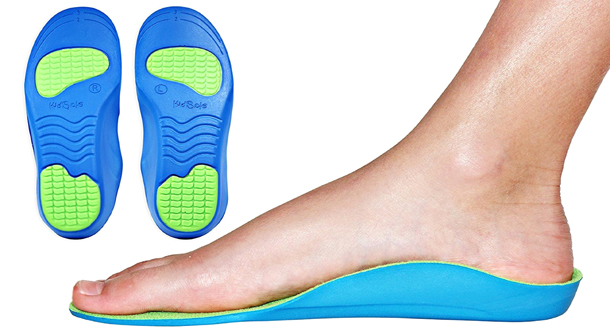
Preoperative Steps for Flatfoot Correction
“Book your appointment now and get ready to benefit from the expertise of Dr. Amr Amal and his specialized team in flatfoot surgery, providing comprehensive care and necessary rehabilitation.”
Flatfoot surgery does not require any specific preoperative procedures. However, like any surgical procedure, patients should abstain from smoking and alcohol for at least 4 to 8 months before the surgery. This is because smoking reduces the healing rate and the ability of the wound to heal, and it increases the likelihood of blood clots in the lungs and extremities.
Postoperative Tips
There are some instructions and tips that patients should follow after the surgery to help accelerate the recovery process. These include:
- Ensuring that the cast remains clean and dry and away from any sources of water.
- Abstaining from smoking throughout the recovery period.
- Avoiding putting any weight on the feet.
- Elevating the feet to the level of the heart to reduce swelling resulting from the surgery.
- Adhering to the medications prescribed by the doctor and taking anti-inflammatory drugs to expedite wound healing.
- Patients should rest completely and only move when necessary, as keeping the feet immobile helps speed up the recovery process.
- Attending follow-up appointments after the surgery to assess the level of improvement and the next steps that the patient should follow.
- One crucial aspect is attending physical therapy sessions to achieve the best results and managing weight until the foot returns to its natural position.

Recovery Duration After Flatfoot Surgery
Patients may need to use a wheelchair for a period of up to 6 weeks after the surgery due to the presence of the cast that stabilizes the feet. After the cast is removed, the doctor will provide the patient with specialized shoes designed to stabilize the feet during the recovery period, allowing for limited mobility. Most patients are discharged from the hospital on the same day of the surgery or after one night in the hospital. About a week after the surgery, the patient should be able to walk short distances with the assistance of crutches. However, full recovery from the surgery typically takes 6 weeks to 3 months. If you would like to learn more details about flatfoot and the surgical procedure, we recommend reading this article.
Success Rate of Flatfoot Surgery
Flatfoot surgery is considered one of the safest procedures, known for its high success rate of up to 98%. Most flatfoot correction surgeries are successful without complications, except in rare cases. Among the rare complications that may occur are:
- Bleeding due to injury to blood vessels.
- Temporary numbness as a result of nerve damage.
- Infection, although the risk is very low due to the use of antibiotics that provide full protection.
- Continuing pain and symptoms after the surgery, which may require another surgical intervention.
- Improper bone healing.
- Risk of deep vein thrombosis (DVT), especially if the patient is prone to blood clots. In such cases, the doctor may prescribe blood-thinning medications.

Cost of Flatfoot Surgery in Egypt
“Deal with flatfoot effectively and prepare for a full recovery of balance and strength in your foot with Dr. Amr Amal, who follows the latest techniques and protocols in foot surgery and flatfoot correction.”
The cost of flatfoot surgery in Egypt typically ranges from 30,000 to 50,000 Egyptian pounds. The cost depends on the medical care received by the patient, the medications taken, the devices used, and the physical therapy sessions required for full recovery and improved mobility. It also depends on the level of the hospital and the quality of services provided, as well as the skill and expertise of the surgeon.
Does Flatfoot Cause Back Pain?
Flatfoot or fallen arches typically do not affect many individuals, and they can lead a normal life and carry out their daily routines. However, in some cases, it can result in back and leg pain due to the uneven distribution of weight. In some cases, this can progress to lower back pain, swelling pain in the calves, knee pain, and even plantar fasciitis, which is inflammation of the ligaments on the soles of the feet.

Is Flatfoot a Disability?
Flatfoot is not considered a disability; rather, it is a deformity in the shape of the foot where it is completely flat on the ground with no arches. In only a few cases involving children, doctors may resort to flatfoot surgery as a last resort. This is because flatfoot can potentially lead to a condition that hinders a child’s mobility or normal walking, but such cases are extremely rare.

